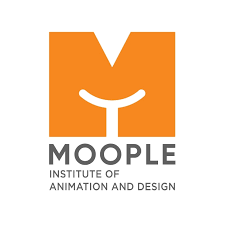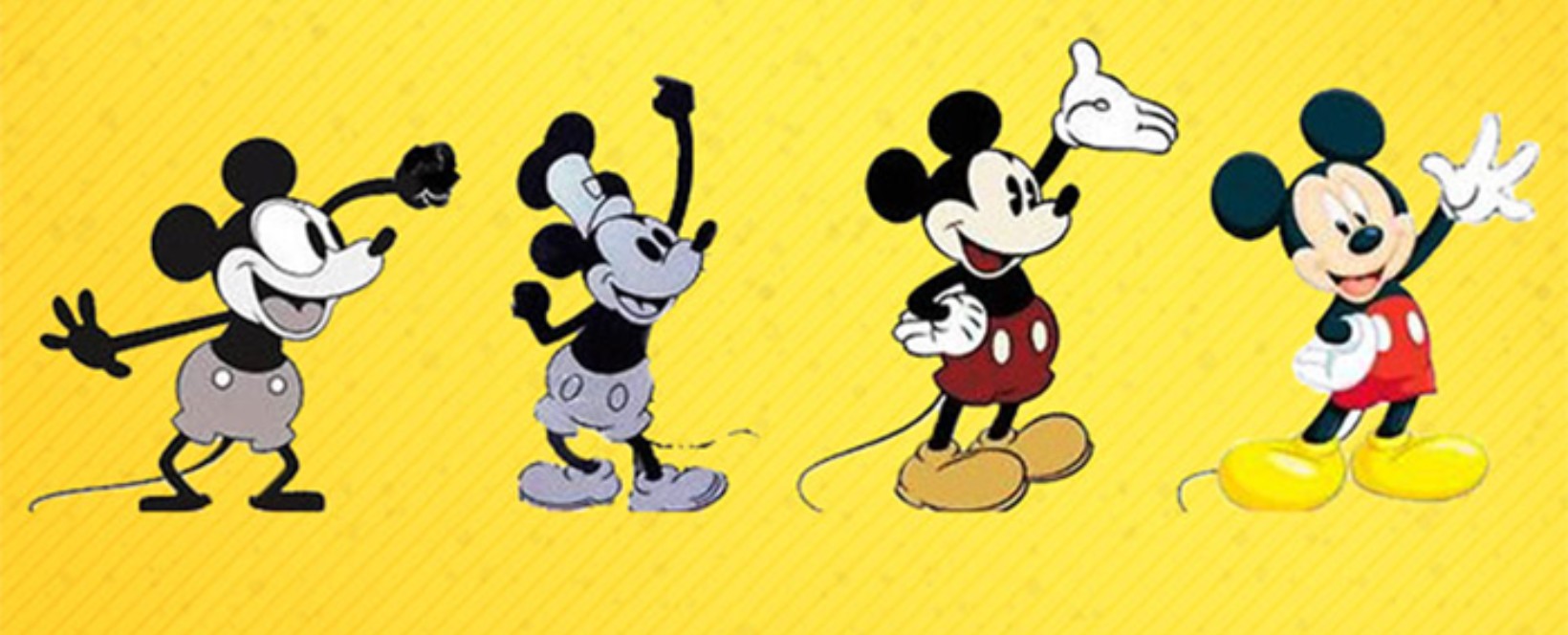Animation has come a long way from its early days. Let’s take a journey through time to see how it has evolved from traditional methods to the digital age and now to the advanced animation courses.
The Early Days: Traditional Animation
Traditional animation, also known as hand-drawn animation, began over a century ago. Artists drew each frame by hand on paper. When played in sequence, these drawings created the illusion of movement. Classic Disney movies like Snow White and the Seven Dwarfs and Cinderella used this technique. It was a time-consuming process, but the results were magical. Animators needed to draw thousands of frames for just a few minutes of animation. Each drawing had to be precise to ensure smooth movement.
The Rise of Stop Motion
In the mid-1900s, stop motion animation became popular. This technique involved taking photos of physical objects, like clay models or puppets, moving them slightly between each shot. When the photos were played in sequence, the objects appeared to move on their own. Famous films like King Kong and The Nightmare Before Christmas used stop motion to create their unique worlds. It required patience and careful attention to detail. Even the smallest movement had to be meticulously planned and executed. All the best institutes for animation teach this method.
The Digital Revolution: Computer Animation
The 1980s and 1990s saw the advent of computer animation. This was a game-changer. Computers allowed animators to create more detailed and realistic animations faster. Pixar’s Toy Story, released in 1995, was the first feature-length film made entirely with computer-generated imagery (CGI). It set a new standard for animation and opened up endless possibilities. Digital tools made it easier to create complex scenes and characters. This revolutionized not just movies, but also TV shows and video games.
The Blend of Techniques
Today, animation often combines traditional methods with digital techniques. For example, movies like Spider-Man: Into the Spider-Verse mix hand-drawn styles with computer animation to create stunning visuals. This blend allows for more creativity and innovation in storytelling. It gives animators the freedom to experiment with different styles. Combining techniques results in unique and visually striking animations.
Animation in Our Daily Lives
Animation isn’t just for movies anymore. We see it in video games, advertisements, apps, and even on social media. The digital tools available today make animation more accessible, allowing anyone with a computer to create their own animations. Educational videos, marketing campaigns, and social media content all use animation to engage audiences. This widespread use shows how versatile and powerful VFX and animation courses have become.
The Future of Animation
The future of animation is exciting. With advancements in technology like virtual reality (VR) and augmented reality (AR), animators are finding new ways to bring stories to life. The possibilities are limitless, and we can expect to see even more innovative and immersive animations in the years to come. New tools and techniques will continue to push the boundaries of what’s possible. Animators will have even more ways to create compelling and immersive experiences.
Conclusion
From hand-drawn frames to cutting-edge CGI, animation has evolved tremendously over the years. Each era brought new techniques and possibilities, making animation a dynamic and ever-changing art form. As technology continues to advance, the future of animation looks brighter than ever, promising more amazing stories and incredible visuals. This ongoing evolution ensures that animation will continue to captivate and inspire audiences around the world.

